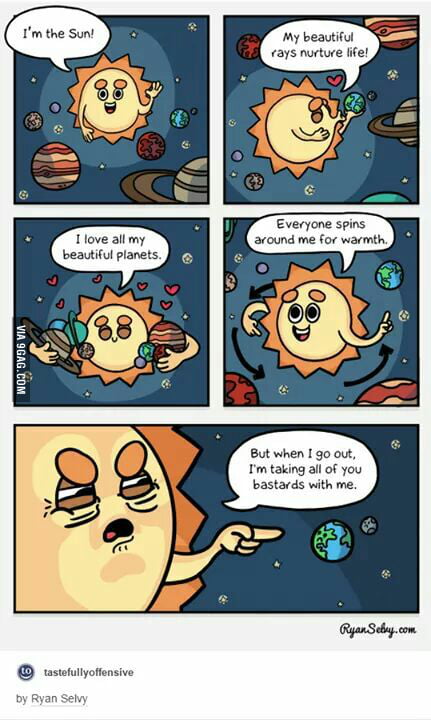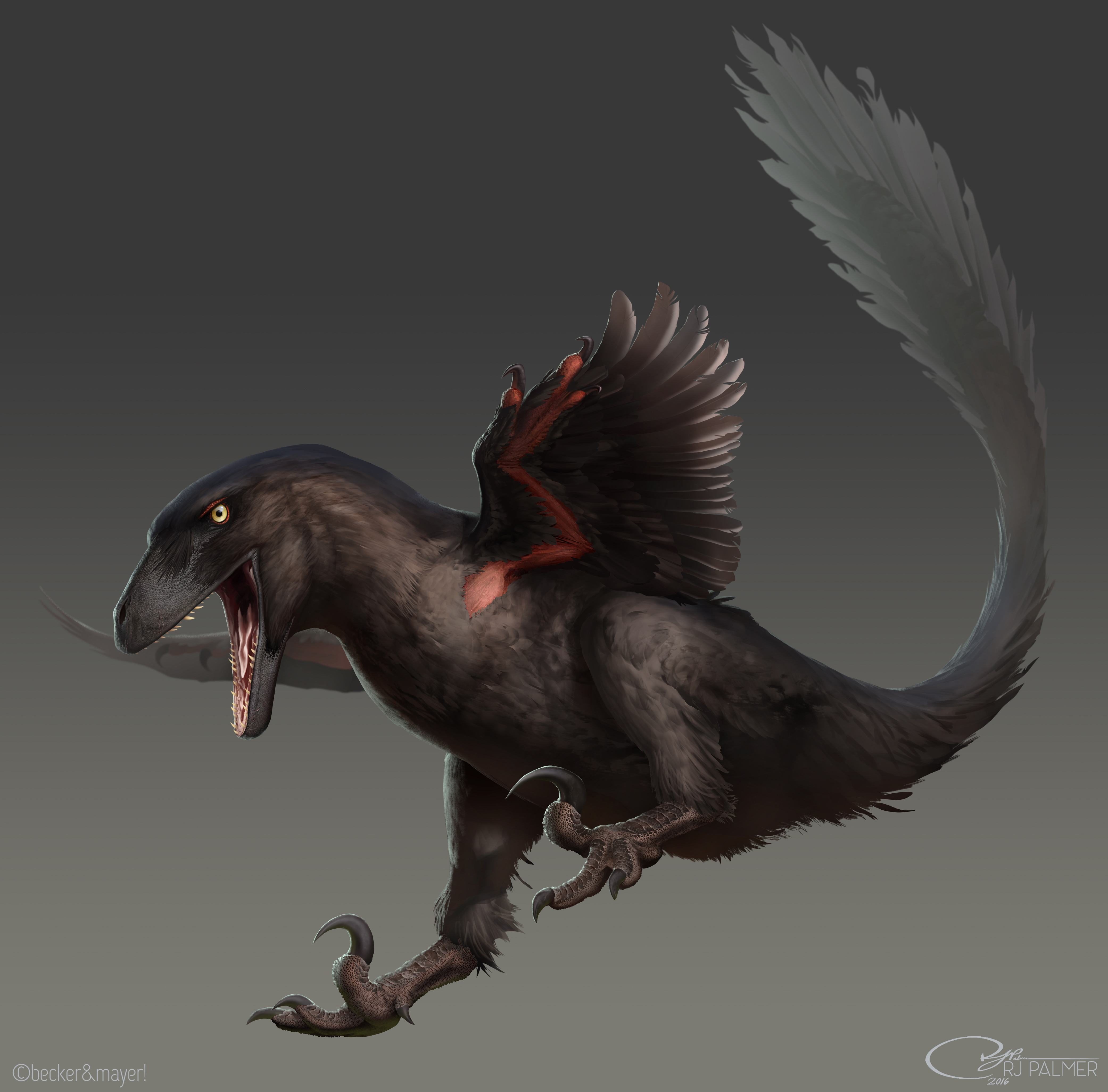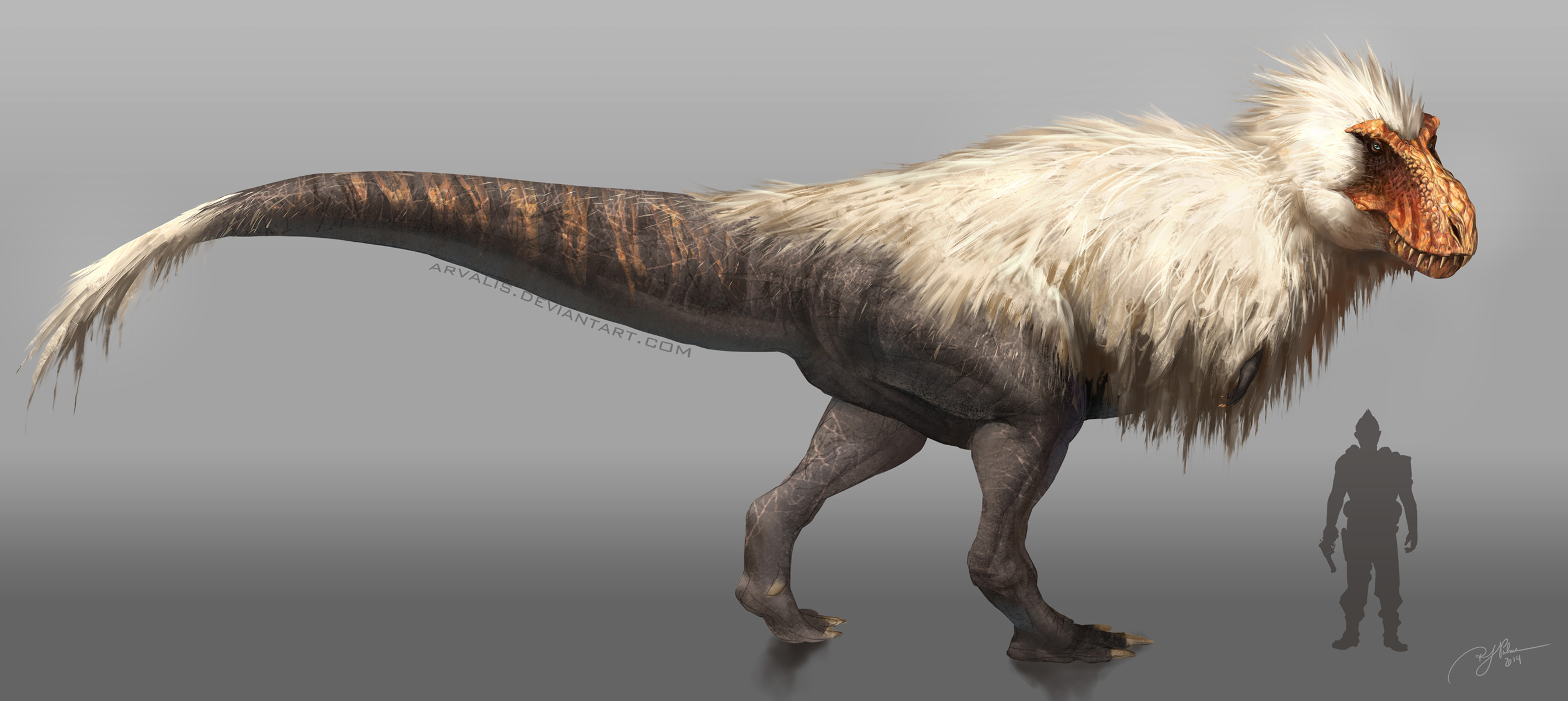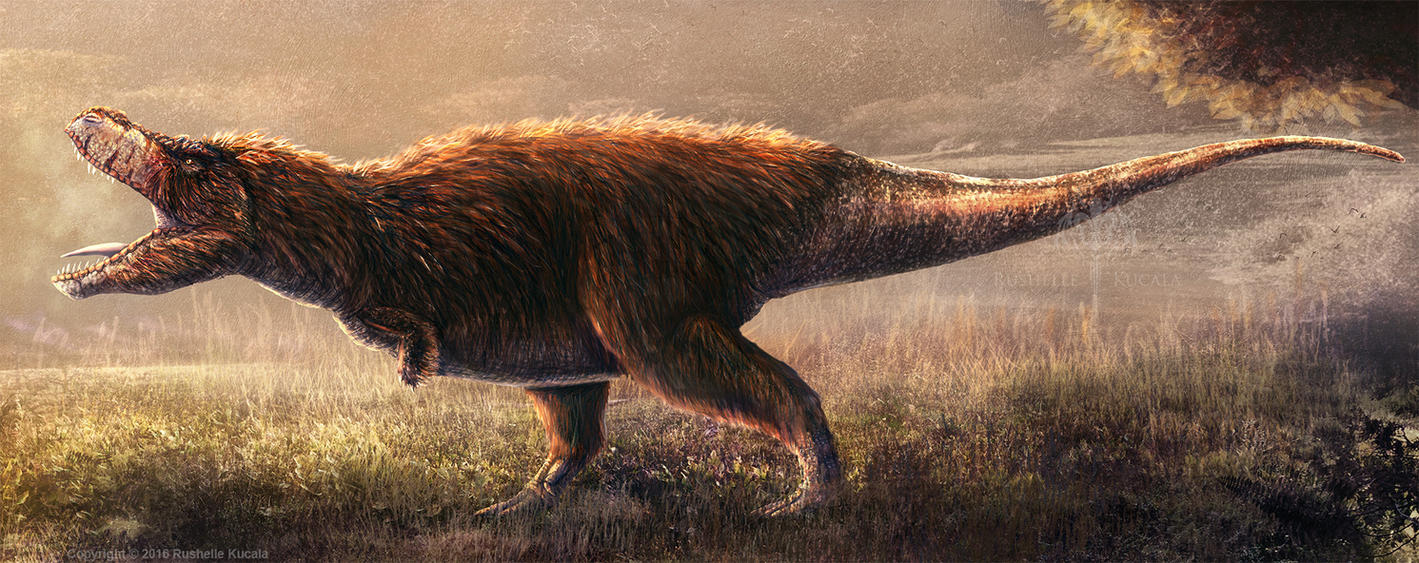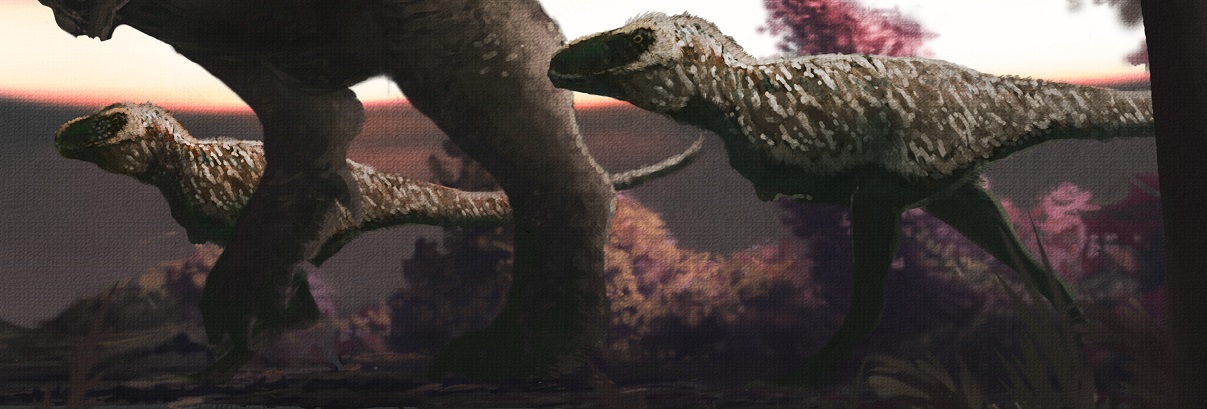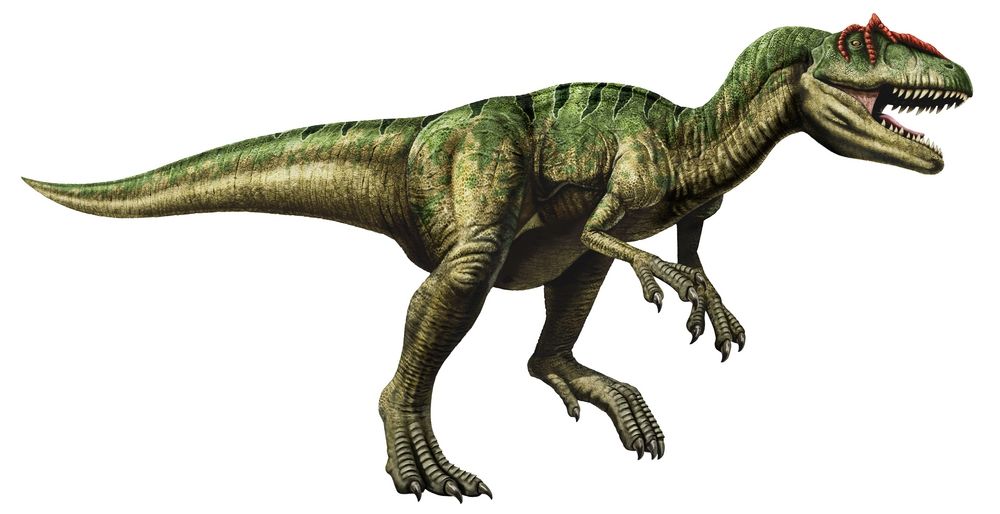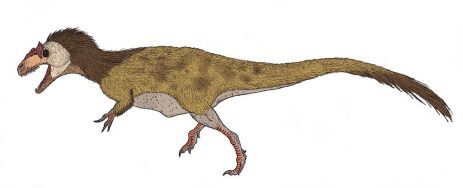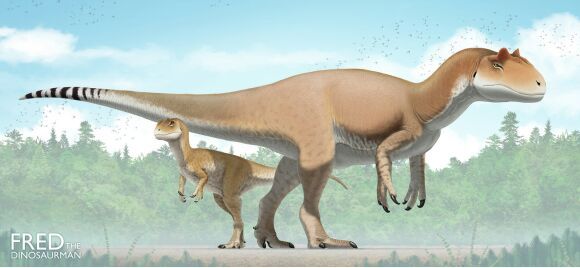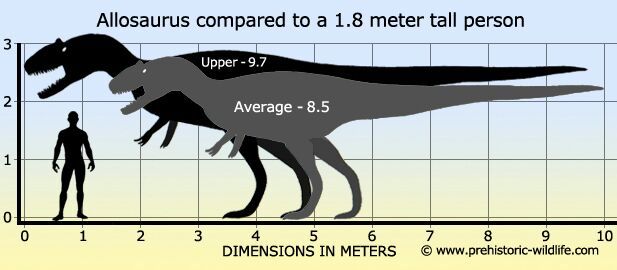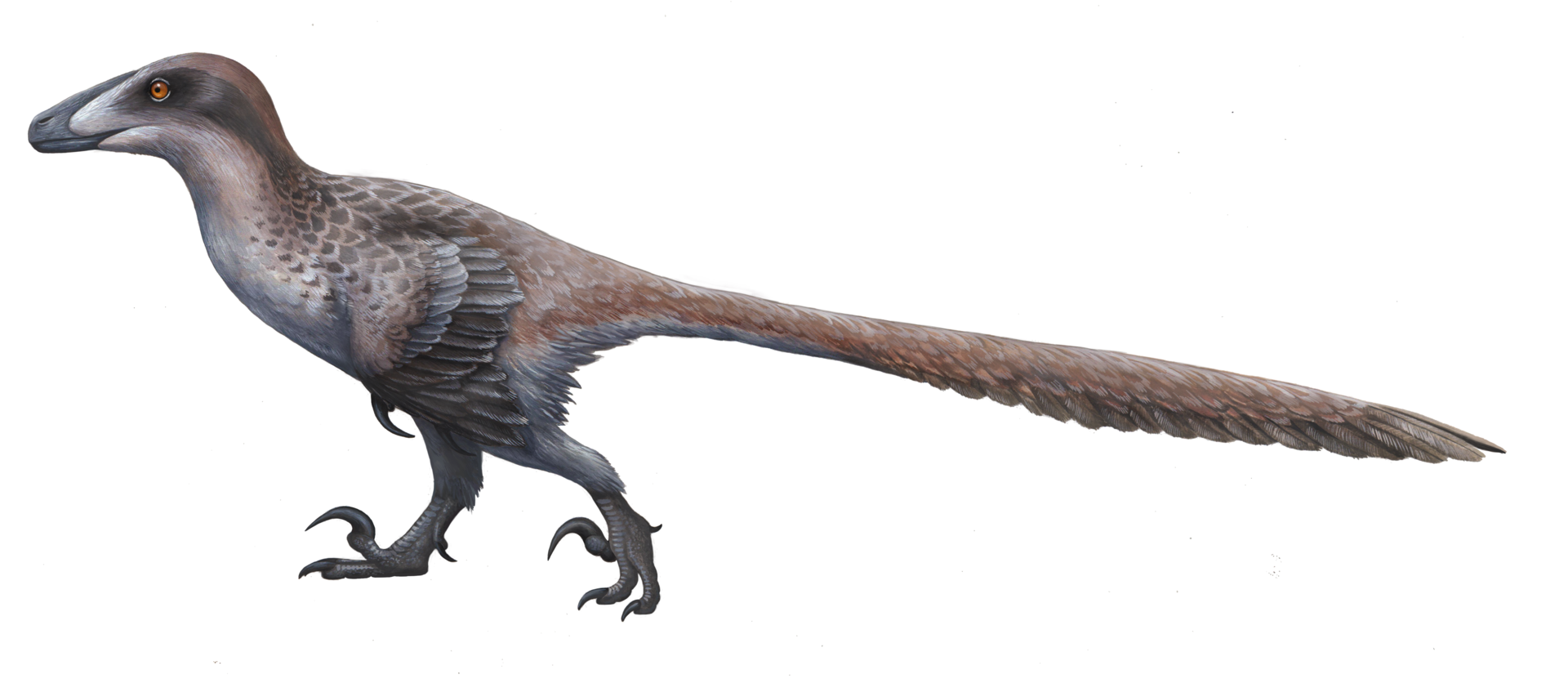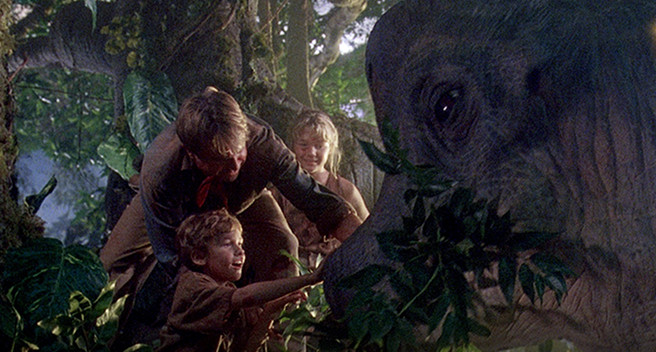I didn't have a clue raptors had wings though!
That's a new one.

The word "raptor" means "bird of prey" in Latin (or more specifically "thief"). Their skeletal structure has always suggested they were birds, from the very beginning. They were also a lot-lot smaller than depicted in Jurassic Park (about less than a third in size), which makes sense with their skeletal structure and wings. Essentially, Velociraptors were birds of the Late Cretaceous period of Earth's history.
Also, one of the most realistic dinosaurs in Jurassic Park, the cobra-like, spitting one, is a complete fabrication. Steven Spielberg invented it specifically for that scene in the film, so he could have something small and cobra-like hide in the car.

I still love Jurassic Park as a film, but like Spielberg's earlier film, Jaws, it paints a very unrealistic and socially harmful picture of wildlife. Unlike Jaws, though, it has a nice message about nature's power: life prevailing. And about humankind's ignorance when it comes to nature -- somewhat ironically.

Edit:
Also, the fearsome T-Rex was most likely a scavenger -- quite docile/shy -- not as depicted at all. Its big, piercing but round teeth and jaw are built for tearing, not for lethally wounding a prey. It used its massive size to scare off other scavengers, and it had a powerful sense of smell by which it navigated and searched for food (carcasses) to feed its big body.
Chances are that if you were a small animal the size of a human being standing next to a T-Rex in that period, the Tyrannosaurus would welcome/tolerate your presence. It would have no intention of eating you. Even if it were a predator -- which it most likely wasn't -- there would be very little to gain from that. If you approached its food, it might chase you away, but essentially it would have been a peaceful and gracious animal.
The Allosaurus, about half its size, was a much more dangerous predator. The Allosaurus was much like a land shark -- at least what we know of it so far. Its teeth were just like a shark's, too -- razor-sharp and jagged, built for lethally wounding. And to the Allosaurus you would have been a perfectly sized small meal when it was hungry.
2nd Edit:
Most dinosaurs were also warm-blooded, and covered in feathers and fur, just like today's animals. The Earth was a little warmer then, so many species evolved to a larger size and had less fur and feathers than today's animals have to adjust to that world climate (or rather vice-versa -- we became hairier and more feathered as the climate grew colder).
Here's more context on this:
Donna Fernstrom's answer to How much of a dinosaur can be found in a chicken’s DNA? Could a whole dinosaur be created one day? - Quora
It includes another more accurate depiction of a Velociraptor -- proving my earlier stated point that it was what a bird looked like back then:
Furthermore -- this is very interesting:
Patrick Croley's answer to If dinosaurs had feathers, why are there no feathered reptiles today? - Quora
It shows how the protective coverings the body produces have the same origins.
And any of these are currently valid artistic interpretations of what a Tyrannosaurus may have looked like:
I particularly like the last one -- although from what we know, while Tyrannosauri had social lives, they preferred to live solitary, and not travel in a pack.
(One thing people keep emphasising is the teeth always sticking out, like a crocodile's, but there's nothing that suggests this is the case. It is more logical that skin would have covered their teeth and formed a mouth they could fully close.)
We'll never know for sure, because skin, fur, and feathers don't preserve as well as bones do, and they lived so long ago that coming to precise genetic conclusions is also very difficult. But, based on both paleontologic evidence and nature's balance/rules throughout the animal kingdom today, it is quite reasonable to assume that the T-Rex may have had fur covering parts of its body in a fashion that shows an early development of what bears and other mammals have these days, for example. It may have even looked quite pleasing, soft, and non-threatening (when not angered). Similarly, it may have had mammalian, warm eyes.
Personally, I keep thinking of a large bear when I think of a fully grown T-Rex moving around with its big body. I believe it would have moved quite gracefully, and conserved energy, given its diet and enormous size.
If you look at animals that are so large today (hippos, giraffes, elephants, whales, etc.), they all generally move slowly and gracefully, conserving their energy. Much more than smaller animals.
















